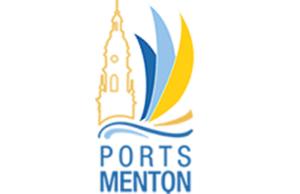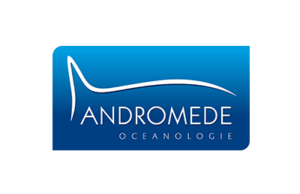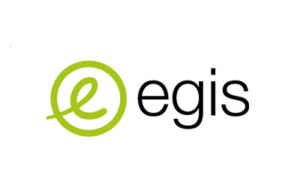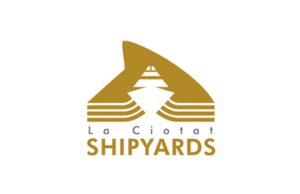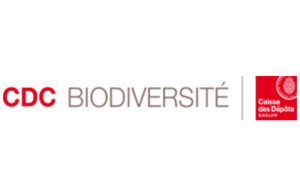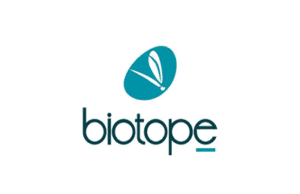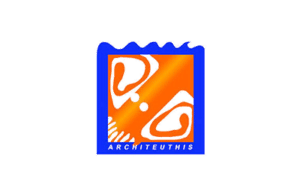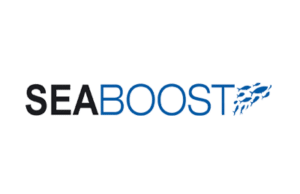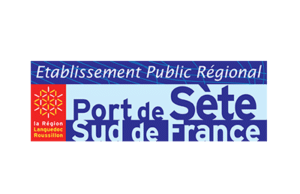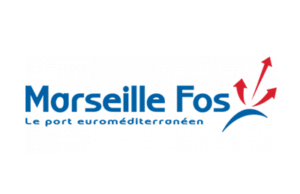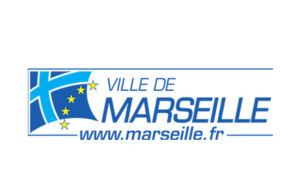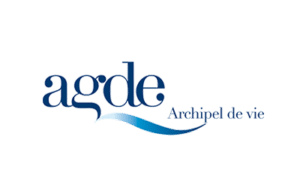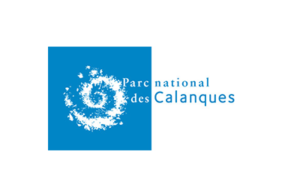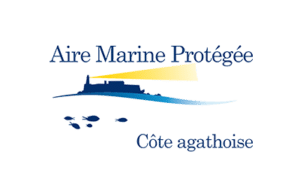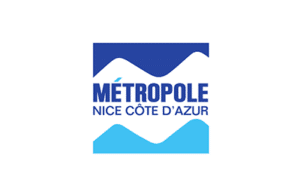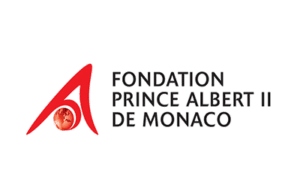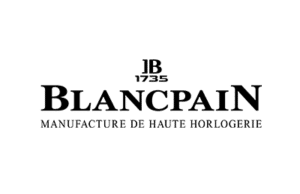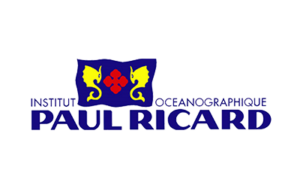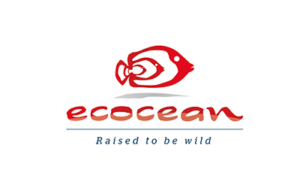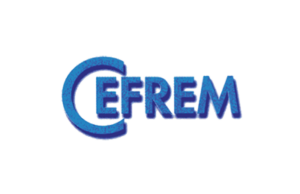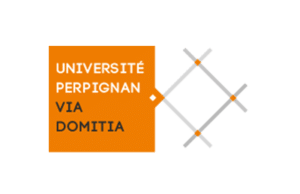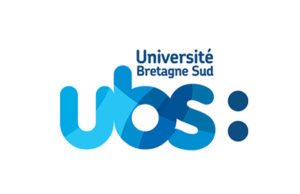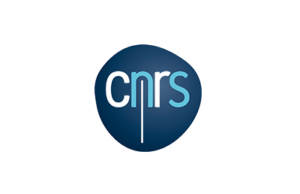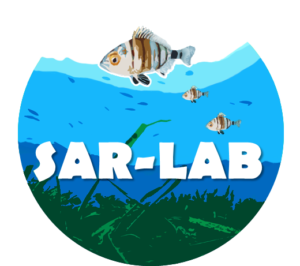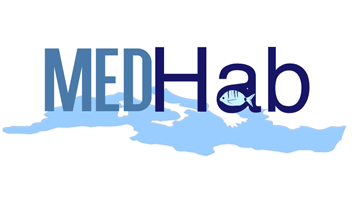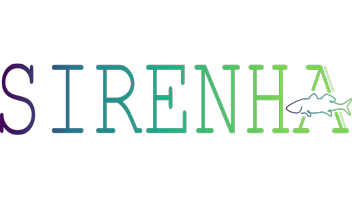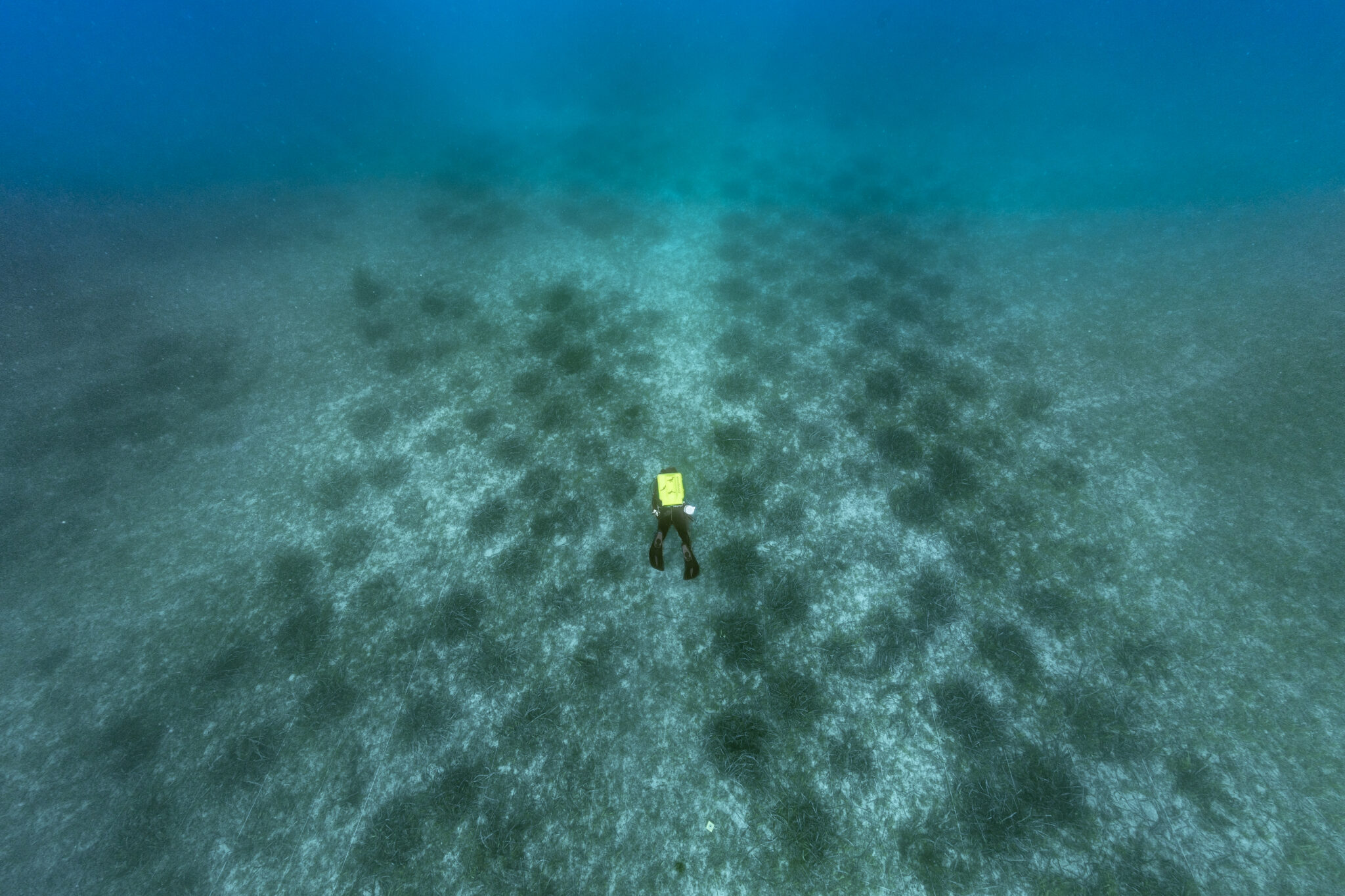
ECOLOGICAL RESTORATION IN THE MEDITERRANEAN COASTAL ZONE
The implementation of policies for the management of coastal and marine areas is based on three axes : the fight against pollution, the non-degradation of coastal habitats (such as the destruction of Posidonia meadows by anchoring or coastal developments) and ecological restoration. The ecological restoration of the Mediterranean coastal zone is a recent policy that aims to accelerate the return of a species or an ecological function in a degraded site where the sources of degradation are controlled or have disappeared.
For more information, you can consult and download the documents below :
https://www.eaurmc.fr/upload/docs/application/pdf/2017-05/2014-restauration-mediterranee.pdf
https://www.nappex.fr/wp-content/uploads/Guide-DRIVER_version-fran%C3%A7aise-corrig%C3%A9e-2016.pdf
The RESTAU-MED project presents all the ecological restoration projects on the Mediterranean coast : operations to restore the nursery function (equipping ports with artificial habitats) ; pilot operations aimed at developing operational tools (AGDE, CREANURS, DIAG-SETE, GIREL, IZOMARE, LA CIOTAT, MENTON, PARARESTOR, PRIME, TRANSCOR, RECIF-LAB, RECOLAG, REMORA, REPONSE, RESCOR, REXCOR), as well as large-scale operations whose development should allow for the planning of corrective actions on a significant spatial scale (PRADO Reefs, REPIC, SAR-LAB).
Presentation of the different restoration projects
• IZOMARE :
The IZOMARE project, led by Andromède Océanologie in 2022-2023 and supported by the Agence de l’eau Rhône Méditerranée Corse (RMC), consisted in drawing up an inventory of coastal marine areas in need of ecological and landscape restoration in the French Mediterranean, and was divided into three areas of work:
1. Synthesis of existing technical and operational solutions :
Thanks to extensive bibliographical research, summary sheets presenting 42 restoration projects targeting ten different species/habitats mainly located in the Mediterranean were created. 62% of the sheets were validated by the project managers. All these projects have shown that operational solutions exist, with promising results.
2. Locating and mapping areas where ecosystems have been degraded or destroyed in the French Mediterranean, over the 2017-2022 period :
An atlas has been created of ten or so alterations (= potential pressures or pressure effects) on the French Mediterranean coastline. This assessment, based on consultation with coastal stakeholders and analysis of Andromède Océanologie’s internal and external databases (representing a total of 2,500 alterations surveyed in situ), has enabled us to target priorities in terms of ecological and landscape restoration on the French coast, as well as to gain a clearer picture of the needs in terms of the state of health of certain environments or species. In addition, the project has enabled the identification of suitable areas for the restoration of Posidonia meadows in particular.
This spatial analysis could be used by government departments, managers, funders and project developers to guide their actions in certain suitable areas offering real ecological benefits. Putting the costs of restoring Posidonia meadows in these suitable areas into perspective with the resulting financial benefits is a perfect example of how to encourage and facilitate the implementation of restoration projects in the region.
3. Proposals for actions to help restore these ecosystems :
For each alteration, an identification of the resulting impacts/problems for ecosystems has been listed in a table (non-exhaustive list). These actions to help ecosystems recover have made it possible to publicize existing tools in terms of possible solutions to the problems caused by the ten alterations identified in axis 1.
All the data from this project are available in the RESTAU-MED project on the MEDTRIX platform. They are freely accessible to encourage and facilitate the implementation of ecological and landscape restoration projects on the French Mediterranean coast.
• PARARESTOR : Restoration of sea urchin (Paracentrotus lividus) populations in Corsica through the creation of micro-habitats and/or release of juveniles.
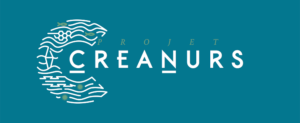
• CREANURS : Creation of nurseries (for nutrition), artificial spawning grounds (for reproduction) and refuge shelters (against predation) to promote the survival rate of the young stages and encourage the reproduction of the spawners.
>> Person in charge of the project : Sylvia Agostini (agostini_s@univ-corse.fr) of the University of Corsica – https://www.universita.corsica.fr/
• REPIC : Restoration of Posidonia meadows (Posidonia oceanica) by transplantation
For more information about this project you can click HERE.
• RESCOR : Cleaning, restoration, characterization and monitoring of coralligenous reef communities.
The RESCOR project, Restoration of Coralligenous Reefs, took place between 2018 and 2022 in St Jean Cap Ferrat (Southern region, France). Its objectives are to remove sediment and clean a coralligenous reef buried by the formation of a sedimentary slope from drilling operations.
It was carried out in three stages:
- Characterization of the project area (-32 to -42 m): mapping of biocenoses in the sediment deposition area & granulometric and physico-chemical analysis of coastal sediments in the project and deposition area.
- Removal of sediments and cleaning of the coralligenous reef using an innovative water jet method (blowing). This step required 320 hours of intervention and 20 days of mission.
- Temporal monitoring of the coralligenous reef communities before and after the removal operations (8 follow-ups: twice a year for three years then once a year for two years).
Three methods were used for temporal monitoring of corallogenic reef communities before and after the cleaning and desealing operations (monitoring duration = five years):
- Photographic quadrats on three stations (30/station): positioning of 64 random points per quadrat and identification, for precise monitoring of living groups.
- 14 permanent quadrats of 1 m²: follow-up of the surface evolution of the colonization of the substrate by the species.
- Models produced by photogrammetry: production of visuals allowing to communicate on the project, to compare the evolution of the area and to produce ecological indices.
The main results are listed below:
The characterization of the project area showed no contraindication to the execution of the desealing and cleaning operations. An area of 500 m² between -45 and -50 m, with a low ecological sensitivity, was chosen to be the zone of deposit of the (non polluted) sediments. The innovative water-jet system allowed the removal of 50 m3 of sediment, the uncovering of 150 m² of hard substrate and the cleaning of 500 m² of corallogenic reef.
The three methods (photographic quadrats, permanent quadrats, photogrammetry) are complementary and allow to follow the recolonization process of the deseved reef. The pioneer species that colonize the necrotic coralligenous exposed by the cleaning operations are encrusting red algae, bryozoans, ascidians, hydraires, sedentary worms and other algae. At the end of five years, we observe a greater number of species among the living, more erect species and a preservation of the high species during the cleaning actions. The duration of five years allows a quasi-complete follow-up of the recolonization: the rate of living is equivalent and high (75%) between the cleaned zones vs. the de-spawning and cleaned zones. Moreover, there is little or no “naked” necrotic coralligenous visible at the last follow-up.
This innovative method of coralligenous reef restoration is effective in restoring the biodiversity, structure and dynamics of the pre-existing ecosystem before destruction.
>> Person in charge of the project : Gwenaëlle Delaruelle, gwenaelle.delaruelle@andromede-ocean.com
• REXCOR : Experimental ecological restoration of the shallow coastal waters of the Cortiou cove.
The pilot project aims to verify the hypothesis that the limiting element for marine life at the Cortiou dumping site is no longer the quality of the water but the absence of a hard substrate conducive to the fixation of marine life and the return of ecological functions. As part of its charter, the Calanques National Park (pilot of the operation) launched a call for ideas in 2013, in partnership with the Rhone Mediterranean Corsica Water Agency and the Mediterranean Sea Cluster. This project, of an experimental nature, consists of immersing artificial habitats in the area of historical influence of the discharges of the two aforementioned outlets, in the Calanque de Cortiou. It was selected as one of the actions of the bay contract of the Marseille metropolis, validated by the basin authorities of the Rhone Mediterranean Corsica Water Agency in June 2015. The project has allowed to immerse 3 different and complementary reef models aiming at restoring the majority of the ecological parameters of the local system :
* Ragues Reef : This reef targets the biomimetic reproduction of the natural habitats of the characteristic species of the small rocky funds, thanks to the creation of ragues favorable to their installation. The staging of the reef makes it possible to address the problems of habitat of various species, since the benthic species (crustaceans, cephalopods,) on the lower stages, with the more mobile species like sea breams, sars and wolves for example.
* Connectivity reef : This reef deploys structural characteristics of a nursery, adapted to the fixation and development of the first life stages of local species. The clusters reproducing algae or posidonia, the small size of the anfractuosities, the diversity of exposures and the dimensions of the reef allow to ensure the functions of shelter, substrate and nutrition (through the colonization by the microfauna-flora) favourable to the selection of a nursery.
* Fractal reef : This reef made of biogenic concrete offers a great diversity of exposures to light and currents allowing to optimize the installation of fixed species (algae, encrusting sponges, …), in quantity and diversity.
Scientific monitoring by an independent organization to evaluate the effectiveness of each of the devices and their impact on the site in terms of the evolution of the local ecosystem. The pilot will end in 2022.
>> Person in charge of th project : Matthieu Lapinski (matthieu.lapinski@seaboost.fr) from Seaboost – https://www.seaboost.fr/
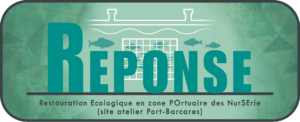
• REPONSE : Ecological Restoration in the NurSErie POrtuary Zone
The general objective of the Port-Barcarès REPONSE workshop site is to develop ecological restoration actions in and around the port infrastructures to rehabilitate the nursery function. The intra-port actions concern the installation of artificial habitat along the quays and/or under the pontoons. Outside the port, it is mainly a question of repopulating juveniles.
The workshop site is part of the RESPIRE network. These actions are completed by monitoring of natural and artificial areas (breakwaters) to define the references to be reached in terms of restoration. The role of nurseries is a critical stage in the life cycle of fish. Their restoration is in line with the objectives of the Marine Strategy Framework Directive focused on achieving good ecological status of water bodies.
The actions of the program :
- Evaluation of the flow of post-larvae (long-term fixed station Port-Barcarès). Additional fishing may be carried out between Cap Leucate and Cerbère.
- Monitoring of port nurseries : post-larvae / juvenile counts will be carried out in the different ports between Leucate and Cerbère. Some ports will benefit from the installation of ecological restoration structures in order to evaluate the ecological gain
- Monitoring of natural/artificial nurseries : natural/artificial sites are used to establish natural references to evaluate spatial and temporal variability.
- Evaluation of juvenile migration to adult habitats
- Conducting juvenile releases to support fish populations (sea and/or lagoon)
The work of the workshop site is financed by the Agence de l’Eau Rhône Méditerranée Corse. The project is carried out by the CEFREM laboratory (UMR 5110 CNRS/UPVD) and its CREM platform (Centre de Recherche sur les Ecosystèmes Marins) of the University of Perpignan Via Domitia.
>> Person in charge of the project : Philippe Lenfant (lenfant@univ-perp.fr) of CEFREM-CREM – http://crem.univ-perp.fr
• REMORA : Restoration of degraded habitats through the implementation of artificial reefs
Started in 2015, REMORA is an operation similar to REXCOR at Cap Sicié. It is carried out by the Mediterranean Sea Cluster with the support of the Veolia Foundation and the Water Agency. On this site, the reefs tested are of the wire type. The pilot will end in 2020.
>> Personin charge of the project : Guy Herouin (herrouin@polemermediterranee.com) of the Pôle Mer Méditerranée – https://www.polemermediterranee.com/
• TRANSCOR : Ecological restoration of coastal habitats : experiments of gorgonian transplantation on natural and artificial sites
>> Person in charge of the project : Basthard-Bogain Solène (solene.basthard-bogain@septentrion-env.com) from Septentrion – https://septentrion-env.com/
• MENTON : Ecological rehabilitation of the ports of Menton by installation of artificial nurseries
>> Person in charge of the project : Julien Dalle (julien.dalle@seaboost.fr) from Seaboost – https://www.seaboost.fr/
• DIAG-SETE : Restoration of the ecological functionalities of nurseries and habitats of small coastal bottoms and restoration of the ecological connectivity between the Mediterranean Sea and the Thau lagoon.
• RECOLAG : Restoration of sea-lagoon connectivity for post-larvae and juvenile fish by improving the habitat.
• GIREL : Restoration of ecological nursery functionalities at the level of the industrial-port infrastructures of Marseille and Fos-sur-Mer (GPMM) by deploying artificial nursery habitats.
>> Person in charge of the project : Matthieu Lapinski (matthieu.lapinski@seaboost.fr) from Seaboost – https://www.seaboost.fr/
• LA CIOTAT : Restoration of nursery functionality on a ship repair platform for Mega-Yachts.
>> Person in charge of the project : Martin Perrot (martin.perrot@seaboost.fr) from Seaboost – https://www.seaboost.fr/
• The city of Agde supports several projects : : Colle ta gorgone (Experimental management and restoration of gorgonian populations on diving sites) ; Cystoseira (Restoration of locally extinct Cystoseira populations in the marine protected area of the Agatha coast) ; Optimization of the 300 meter marker (Natural restoration of shallow coastal waters by optimizing the 300 meter marker) ; Coralligenous restoration (Rehabilitation of the coralligenous habitat) and RECIF-LAB (Restoring ecological functionalities of coastal ecosystems altered by coastal development and anthropic activities).
>> Person in charge of the project : Mélissa TROUGAN (melissa.trougan@ville-agde.fr) and Renaud Dupuy de la grandrive (renaud.dupuy@ville-agde.fr) of the city of Agde – https://www.ville-agde.fr/

• Récifs PRADO : Artificial reefs in Marseille : reclaiming biodiversity
The southern harbor of Marseille has been particularly impacted by human activities. However, beyond a depth of 25m, several clues testify to the past presence of a vast and well-established Posidonia meadow (aquatic plants). The city of Marseille, with the help of Europe, the Southern Region and the Water Agency, wanted to rehabilitate this area through an innovative operation of artificial reef immersion.
In 2000, the city of Marseille launched the RECIFS PRADO operation with a triple objective
– to recreate a biological production area via an ecosystem approach ;
– to support and develop the economic activity of the coastal zone, in particular artisanal fishing ;
– to promote ecological continuity between the surrounding rocky areas and the site.
401 artificial reefs of six different types are distributed in the Prado Bay over an area of 220 hectares, at a depth of 25 to 30 meters, between the Frioul Islands and the Kennedy Corniche. It is the largest artificial reef site in the Mediterranean and in Europe. The reefs are grouped by zones, and connected to each other by ecological corridors also composed of reefs. They also extend towards the outside of the area to areas of seagrass beds and shallow rocky areas, in order to allow the mobility of juveniles and the circulation of individuals.
>> Personin charge of the project : Julie Guery (jguery@marseille.fr) of the city of Marseille
• SAR-LAB : Site Workshop for the ecological restoration of the Brusc lagoon
Following several years of pilot studies on the nursery role of the Lagune du Brusc and the Mediterranean shallows (LANDEAU Project 1&2, Saline Project 1&2), the objective of the SAR-LAB program (Site Atelier de Restauration Lagune du Brusc) is now to carry out ecological restoration actions by combining various developments in favor of biodiversity. To the concrete actions of ecological restoration of nursery and habitat functions (port areas, lagoon area and Mediterranean wetland) are associated regular and multi-year scientific monitoring of the site and its habitats, as well as the development of innovative analysis tools. The objective is to identify the ecological gain of the developments and to evaluate our capacity to restore degraded or artificial habitats. The project is fully in line with the objectives of the Marine Strategy Framework Directive (MSFD) aiming to achieve a good ecological status of the marine environment by 2020.
METHODOLOGY :
– Ecological restoration of nursery functions in port areas by equipping 2 ports (Port du Brusc/ Port des Embiez) with artificial structures of ecological restoration (Biohut) as well as monitoring the recruitment of juvenile fish.
-Ecological restoration action Lagune du Brusc
- Reallocation of an old mussel park by equipping (Biohut) the old structures to increase the nursery function and scientific monitoring.
- Ecological restoration of the habitat function. Transplantation of cymodocea meadows, protection of transplants and installation of artificial nursery and scientific monitoring.
– Ecological restoration of a degraded Mediterranean wetland. Rehabilitation of the old salt marshes of Embiez. Monitoring of the ichthyological and avifaunistic colonization and awareness.
– Study of the natural dynamics of the Brusc lagoon and its habitats. Fine cartography and sedimentology.
– Communication, sensitization and environmental education.
>> Person in charge of the project : Sylvain Couvray (sylvain.couvray@institut-paul-ricard.org) / Rémy Simide (remy.simide@institut-paul-ricard.org) / Robert Bunet (robert.bunet@institut-paul-ricard.org), from the Institut Océanographique Paul Ricard – https://www.institut-paul-ricard.org/
Study reports
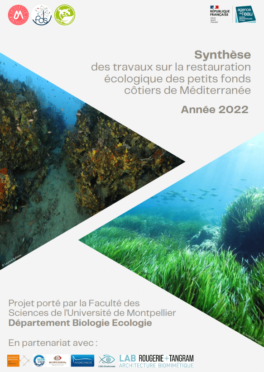
Restau-Med : Ecological restoration in the Mediterranean coastal zone
DU RestauMer student reports (non-confidential) – Years 2023 and 2024
- Jeglot Samuel_DU RestauMer 2023 – Port nurseries
- Lesniak Marie_DU RestauMer2023 – Passive ecological restoration
- Perrier Eric_DU RestauMer2023 – Pinna nobilis
- Roche Juliette_DU RestauMer – Fenes shipwreck
- Terrisse Arnaud_DU RestauMer2023 – Artificial reefs
- Alarcon Messaline_DU RestauMer2023 – Artificial reefs and corals
- Andrieux Pierre_DU RestauMer2023 – Use of submerged wrecks
- Changeant Aurélia_DU Restaumer2023 – STERES
- Dalon–Cassan Mathilde_DU RestauMer2023 – Artificial habitats compensation
- Davrinche-Nowak-Daphne_Du-RestauMer-2024_Restauration-marais-ostreicole-et-habitat-lagunes-cotieres
- Colomb-Clement_DU-RestauMer-2024_HAP-et-nurseries-articificielles
- Burlot-Anne-sophie_DU-RestauMer-2024-restauration-et-microorganismes
- Belieres-Alice_DU-RestauMER-2024_SAB-dans-parcs-eoliens
- Wacogne-Daquin-Hortense_DU-RestauMer-2024_restauration-ecol-et-marees-noires
- Souki-Ahmed_DU-RestauMer-2024_recifs-artificiels-datte-Monastir
- Morel_Alexis_DU-RestauMer2024_mouillages-ecoconcus-Guadeloupe
- Micheau-Cyril_DU-RestauMer-2024_restauration-oursin-P-lividus
- Marco-Manon_DU-RestauMer-2024_-recifs-artificiels-et-rejets-STEP
- Hervoche-Coline_DU-RestauMer-2024_Eval-restauration-par-indicateur-oiseau-marin
- Ghedira-Ahmed_DU-RestauMer-2024_nurserie-port-Monastir
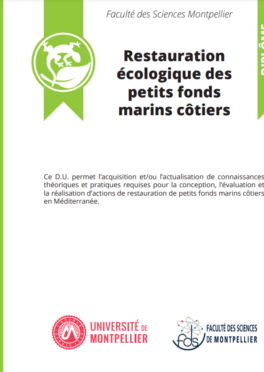
Contacts : Gwenaëlle Delaruelle gwenaelle.delaruelle@andromede-ocean.com et Pierre Boissery
Project leaders : Andromède Océanologie et l’Agence de l’eau Rhône Méditerranée Corse – https://www.eaurmc.fr

